What Is Catheter Ablation?
I have successfully completed over 1000 catheter ablations in my career to date, a technically complex procedure - one that I furthered my expertise in when I trained in UCLA in 2016 - 2017.
Catheter ablation is a minimally invasive procedure used to treat a range of heart rhythm problems (arrhythmias) by targeting and disrupting the electrical pathways responsible for abnormal heartbeats. It offers a long-term alternative to medication and is considered a highly effective treatment for many types of arrhythmias.
In this comprehensive guide, we’ll explain what catheter ablation involves, how it’s performed, the conditions it treats, what to expect during and after the procedure, and how successful it typically is.
What Is Catheter Ablation?
Catheter ablation is an umbrella term for a group of electrophysiological procedures designed to correct abnormal heart rhythms (arrhythmias) by eliminating faulty electrical circuits within the heart muscle.
During the procedure, thin, flexible wires (catheters) are inserted into the heart through blood vessels — typically via the femoral vein in the groin — and guided into the heart using X-ray or advanced 3D mapping technology. Once the source of the abnormal rhythm is identified, targeted energy is delivered to the heart tissue to interrupt or destroy the area causing the arrhythmia.
There are two main types of ablation energy used:
Radiofrequency ablation (RFA) – uses heat to scar or destroy abnormal tissue.
Cryoablation – uses freezing temperatures to achieve the same effect.
What Heart Rhythm Problems Can Catheter Ablation Treat?
Catheter ablation is a proven treatment for a variety of arrhythmias, including:
Supraventricular Tachycardia (SVT)
Fast heart rhythm originating above the ventricles
Includes AVNRT, AVRT, and atrial tachycardia
Atrial Fibrillation (AF or AFib)
The most common sustained arrhythmia
Ablation targets areas around the pulmonary veins (pulmonary vein isolation)
Atrial Flutter
A rapid, organized rhythm often originating in the right atrium
Typical flutter is often highly responsive to ablation
Ventricular Tachycardia (VT)
A potentially dangerous arrhythmia originating in the heart’s ventricles
Often treated in patients with underlying structural heart disease
A cardiologist or electrophysiologist will determine whether you're a suitable candidate for ablation based on ECG results, Holter monitoring, echocardiograms, or cardiac MRI.
How Is Catheter Ablation Performed?
Procedure Overview:
Anaesthesia – The procedure may be done under local anaesthetic with sedation, or general anaesthetic, depending on the complexity and patient preference.
Catheter Insertion – Thin wires (catheters) are inserted through a vein (typically in the groin) and carefully guided into the heart.
Mapping – Electrical signals are recorded to identify the abnormal area causing the arrhythmia, using fluoroscopy or 3D electroanatomic mapping systems.
Ablation – Once the problematic tissue is located, radiofrequency energy or cryoablation is delivered to destroy the area causing the abnormal rhythm.
Monitoring – The heart’s rhythm is tested again to confirm the success of the ablation.
Removal and Recovery – All catheters are removed, and pressure is applied to prevent bleeding at the puncture site.
How Long Does Catheter Ablation Take?
The procedure can take 1 to 4 hours, depending on the type of arrhythmia and the complexity of the case.
Patients are often able to go home the same day or may require an overnight hospital stay for observation.
Catheter Ablation vs Medication
While antiarrhythmic medications can help control symptoms, they may lose effectiveness over time or cause side effects. Catheter ablation offers a potentially curative treatment by removing the source of the arrhythmia.
For many patients, ablation provides:
Fewer symptoms
Reduced or eliminated reliance on long-term medication
Lower risk of recurrence (especially in certain arrhythmias like AVNRT or typical flutter)
Recovery and Aftercare
After the procedure:
You’ll be monitored for several hours to ensure there’s no bleeding or arrhythmia recurrence.
You may experience mild chest discomfort, fatigue, or palpitations for a few days to weeks.
It may take up to three months to fully evaluate the success of the ablation — known as the "blanking period."
Follow-up:
You'll attend outpatient clinic appointments and may have a Holter monitor or ECG to assess heart rhythm.
Your doctor may recommend temporarily continuing medications during the recovery phase.
Risks and Complications
Catheter ablation is generally safe, but like all medical procedures, it carries some risk:
Bleeding or bruising at the catheter insertion site
Cardiac tamponade (rare)
Damage to blood vessels or heart tissue
Stroke or blood clots (especially in atrial fibrillation cases)
Rare need for pacemaker implantation
Your electrophysiologist will discuss these risks in detail and take all necessary precautions to minimize them.
Key Takeaways
Catheter ablation is a minimally invasive procedure that treats various arrhythmias by targeting abnormal electrical pathways in the heart.
It can be performed under local or general anaesthetic and typically involves inserting wires into the heart via the groin.
Radiofrequency or cryoablation energy is used to eliminate the problem area.
Success rates are high, especially for SVT, atrial flutter, and AVNRT.
Recovery is usually quick, with many patients experiencing significant symptom relief.
Frequently Asked Questions (FAQs) About CRT Devices
-
In many cases, yes. Especially for arrhythmias like AVNRT or typical atrial flutter, catheter ablation can be curative. Atrial fibrillation may require repeat procedures, and sometimes other arrhythmias do not occur during the procedure, meaning a repeat ablation is necessary.
-
Most people return to normal activities within a few days, though strenuous exercise should be avoided for about a week.
-
Some patients continue medication during the healing phase. If the ablation is successful, you may eventually stop taking antiarrhythmic drugs.
-
The procedure is not painful, as you’ll be under sedation or anaesthesia. Some mild chest discomfort or groin soreness may occur afterward.
-
Medications and lifestyle changes are alternatives, but they may not be as effective long-term. Catheter ablation is often preferred when symptoms are severe or medications fail.
Take control of your heart rhythm today
If you're experiencing palpitations, dizziness, or irregular heartbeats, don’t wait. Book a specialist consultation with Dr Li now and find out if catheter ablation is the right treatment to restore your heart’s natural rhythm and improve your quality of life.

